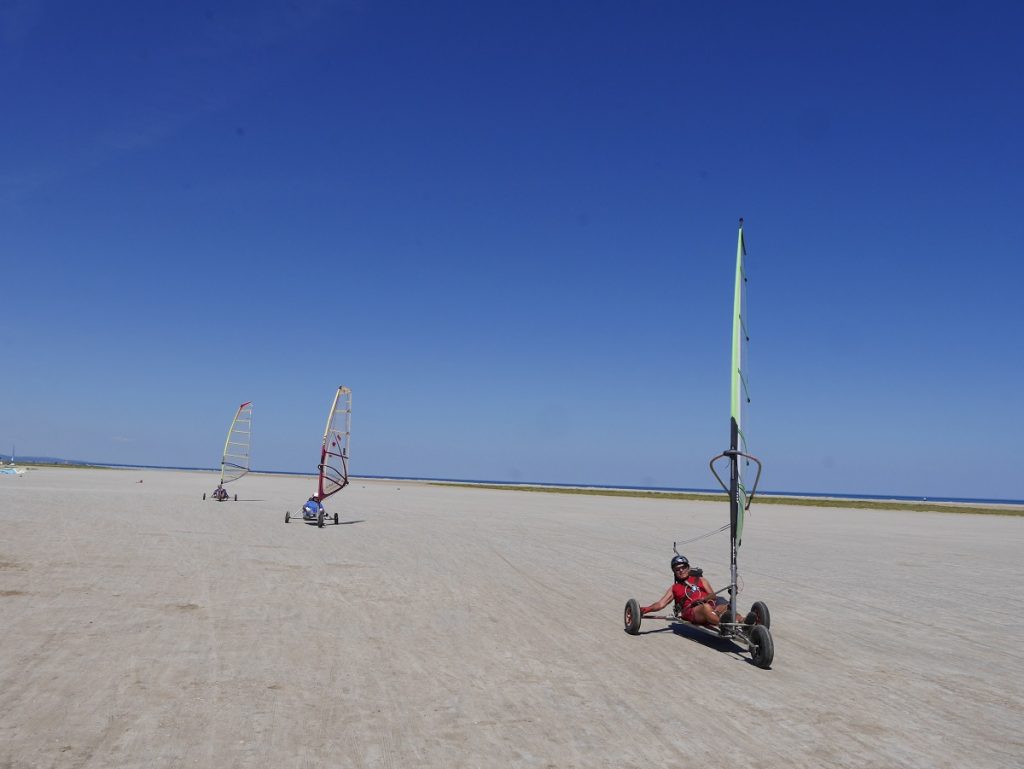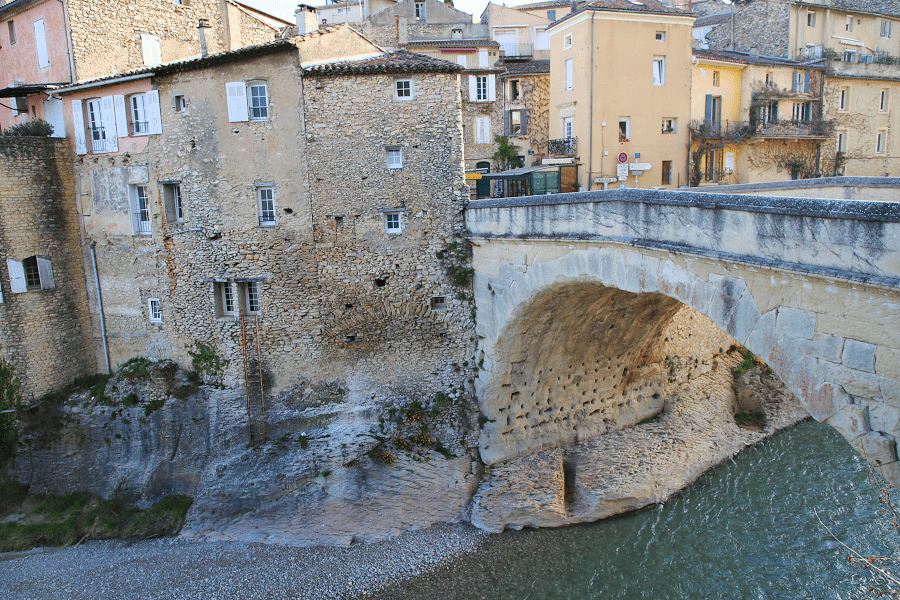Villeneuve, sometimes known as Villeneuve-d’Aveyron, is a commune located in the Aveyron department, in the Occitania region of southwestern France (Massif Central), at an altitude of 410 meters. It covers more than 6,500 hectares.
The village stands on the Camino de Santiago to Santiago de Compostela.
Villeneuve – along with Najac, Villefranche-de-Rouergue, Sauveterre-de-Rouergue and La Bastide-l’Évêque – is one of the department’s five bastides.
One of a series of medieval “new towns” characterized by innovative urban planning, all located to the west, close to the neighboring department of Lot.
These bastides were built in the 13th and 14th centuries to cope with the strong demographic growth in the south-western region. A total of 315 were built in the 150-year period between 1229 and 1373.
Main attractions
Religious architecture
The Church of the Holy Sepulchre is a fine 11th-century Romanesque building in the shape of a Greek cross. In the 14th century, its eastern apse was destroyed to make way for a light-filled Gothic nave dedicated to Saint Peter and Saint Paul. The Romanesque part, darker, seems to give way to meditation.
Saint-Pierre-et-Saint-Paul de Toulongergues church
The hamlet of Toulongergues features the pre-Romanesque church of Saint-Pierre, built before the year 1000 near a 5th-century necropolis, and, next door, the former 14th- and 19th-century priory, also known as the château.
Villeneuve Priory
The monastery of Villeneuve, built in honor of the Holy Sepulchre, was founded in the mid-11th century by Pierre Béranger, Bishop of Rodez. At the beginning of the 11th century, the original church was built in the shape of a cloverleaf around a central square bounded by four pillars. In the 14th century, the core was demolished and extended by a Gothic nave, ending in a five-sided apse with a vault resting on six ogival branches; in the north absidiole, the vault features a 13th-century painting of Christ, surrounded by the symbols of the evangelists. The Romanesque bell tower, built on the transept crossing, was raised in the Gothic period.
Others:
- Church of Rey.
- Church of Saint-Laurent in Mayrinhagues.
- Church of Notre-Dame de Septfonds.
- Chapel of Miège.
- Chapel of Saint-Roch in Villeneuve.
- Chapel of Notre-Dame-de-Grâce de Villeneuve.
Civil architecture
- High gate. The three-storey Porte haute, closed by two portcullises, was once used as a prison.
- The Cardalhac Gate Tower, also known as the Savignac Tower, is one of the last vestiges of the 14th-century fortifications.
- Maison Gibergues du xve siècle
- Château de Toulongergues
- The Musée des Arts et Savoirs Populaires, founded by Aline Brisebois , displays thousands of everyday objects in seven rooms on two floors in a 14th and 15th century medieval house on Place des Conques.
How to get to?
From Paris: 6 hr 13 min (600 km) via A20
From Toulouse: 1 hr 54 min (137 km) via D926
From Andorra: 4 hr 11 min (317 km) via D926
From Barcelona: 5 hr 49 min (514 km) via A75
From Madrid: 9 hr 31 min (934 km) via A-1 and A64
From Monaco: 6 hr 15 min (567 km) via A8
From Moscow: 34 hr (3,375 km) via E30/M1
From Belgrade: 18 hr 36 min (1,875 km) via E70
From Istanbul: 29 hr (2,824 km) via E70
From Bern: 7 hr 37 min (788 km) via A89
Main information
Area: 65 km2
Population: 1964
Coordinates: 44°26′17″N 2°01′57″E
Language: French
Currency: Euro
Visa: Schengen
Time: Central European UTC +1
See here Pyrenees travel guide
See here France travel guide
See here Spain travel guide
























